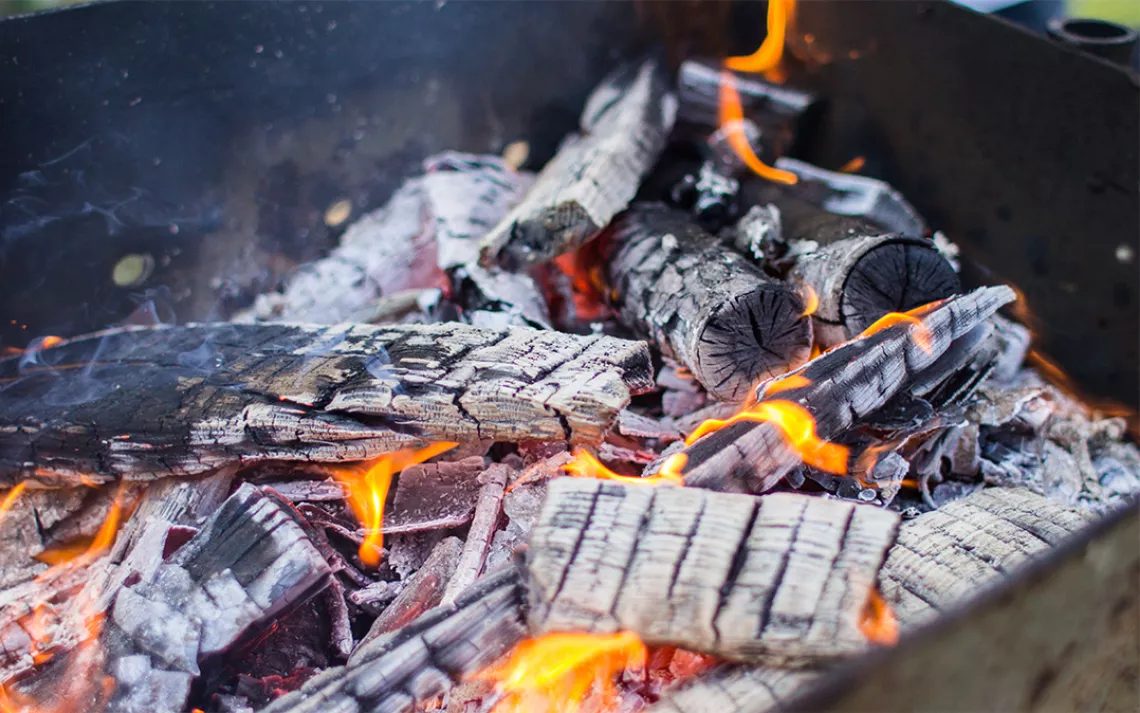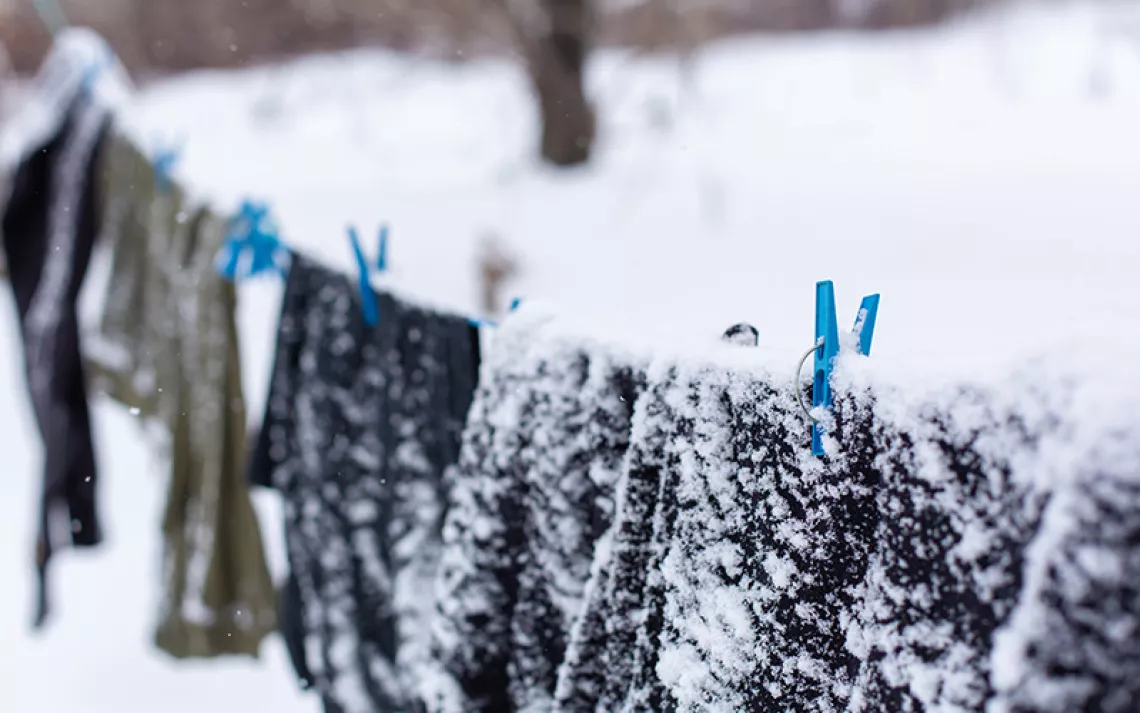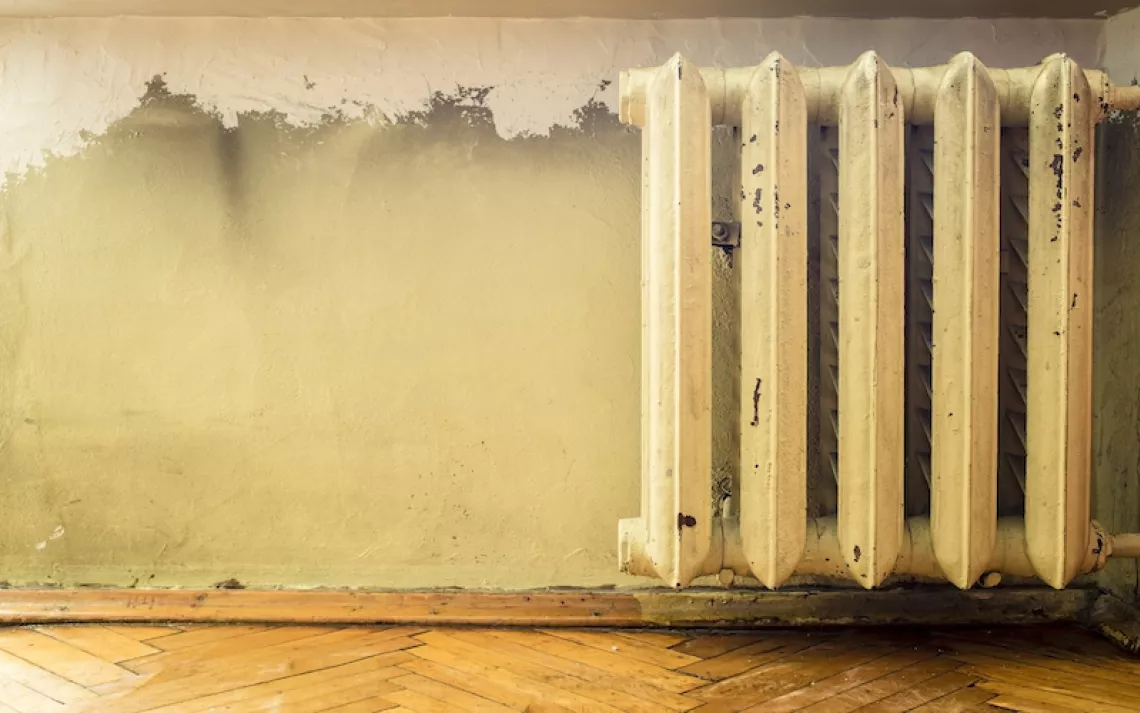Hey Mr. Green! What Should I Do With Ashes From a Woodstove Fireplace?
Mr. Green gets hot on the trail

Photo by Kogytuk/iStock
Q: Now that we are in the heating season, do you have recommendations for what to do with ashes from woodstove fireplaces?
—Janice in Albuquerque
A: There are many ways to use those ashes, from shining silverware to tossing them onto ice and snow to prevent life-threatening falls. They can be used to repel slugs and snails, or even to create lye for soap.
But by far the most common and ancient use for wood ashes is for soil amendment. They contain lots of calcium, which neutralizes acidity, plus some potassium, phosphorus, and trace elements. (Tomatoes can benefit greatly from ash, because they are susceptible to blossom-end rot if they don’t get enough calcium.) Typically, you would spread around 20 pounds of ashes (about a five-gallon bucket) per thousand square feet, and about half that much on a lawn. Of course you should test your soil pH first to make sure you’re not applying too much. But avoid applying ashes to acid-loving plants like blueberries, rhododendrons, and some kinds of potatoes. You can also sweeten your compost pile by adding about 5 percent of ashes to its volume.
A word to the wise: Never use ashes from treated or painted wood, and never burn such wood in your fireplace or stove. In fact, don’t burn wood at all unless you have an efficient, modern, EPA-approved stove or fireplace insert. A single old-fashioned stove or fireplace can emit 100 pounds of lung-clogging fine particulate matter (plus other toxic gunk) in just one season. Unfortunately, there are still more than 6 million substandard stoves in use that should be replaced, according to the EPA.
To find out more about how to trade in a dangerous old stove, check the EPA’s Burn Wise—Changeout Guide. There are subsidies and low-interest loans available to help make a new stove more affordable, but the savings from better combustion alone are considerable, since the new stoves can be as much as 50 percent more efficient than their outmoded ancestors. The ash-meisters at the Hearth, Patio & Barbecue Association have plenty of useful information on stoves, as do the Alliance for Green Heat and the EPA itself.
 The Magazine of The Sierra Club
The Magazine of The Sierra Club



